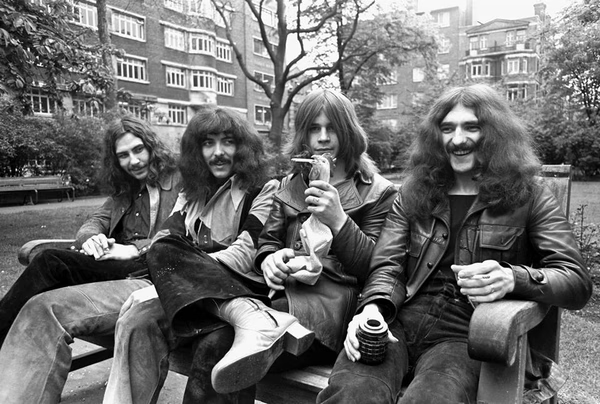
The ideal temperature to heat home and save on light and gas invoices
The days that brought a “spring” sensation to the Metropolitan Area of Buenos Aires (AMBA)in half of the winter monthsit comes to an end. From the beginning of the week The temperature was remarkably lower that the previous days and the next few days are expected to continue the same. The National Meteorological Service anticipates Gray and fresh days for the rest of the weekwith minimum 7 ° C and maximum of 15 ° C. In that context, Heating is again the protagonistbut so is the key question: how to keep the home warm without the gas and electricity invoices shooting? From Naturgy they explain that There is no unique “ideal temperature” for all homesbut a recommended range that allows a balance between comfort and energy efficiency. The general suggestion is Maintain heating between 19ºC and 21ºC during the dayand lower it between 15ºC and 17ºC during the night or at a time when the house is uninhabited. Each degree below that range can represent up to 7% savings in the invoice, according to estimates of energy efficiency specialists. Metrogas states that the ideal interior temperature in winter should be 17 ° C/18 ° C, while in summer of 24 ° C. “In winter, every grade you go down, you save approximately 10% of energy,” they explain from the entity. Metrogas states that the ideal temperature in winter should be 17/18 ° Cun study of the Technical University of Denmark points out that The so -called “neutral temperature” (the one in which neither cold nor heat is felt) Round the 20 ° C.always considering a person at rest and warm. However, Not all homes or their inhabitants are the same. The number of people, the type of construction and thermal insulation are determining factors to know how many degrees a space to achieve that feeling of well -being, of fact, of fact, People also heat the environment: The more inhabited a house, the faster the desired temperature is preserved.Should all environments have the same temperature? No. According to Naturgy, one of the keys to save without resigning comfort is to adjust the heating according to the use of each environment: to regulate the temperature per room, it is advisable to install thermostatic valves on the radiators. It is a minimum investment that significantly improves energy efficiency.
What if there is no one at home?
Leaving the heating on all day may seem tempting to get to a “warm” house, but it is not very efficient. The best option, according to experts, is reduce thermostat to 15 ° C or 17 ° C when the house is empty or during the night. For comfort and savings, a programmable thermostat can be used, which allows you to adjust the temperature automatically according to the schedule and routine of the inhabitants. Temperature influences health. Babies and older adults, for example, have less capacity to regulate their body temperature and need warmer environments: It is recommended to keep its rooms at about 22 ° C during the day and 18 ° C at 20 ° C during the night. But be careful with excess: high heat can also cause headaches, dry skin, respiratory problems, bad rest and even greater proliferation of viruses and bacteria. Last, The correct maintenance of the heating system is fundamental. To avoid excessive energy expenditure, specialists advise periodically reviewing the system status, cleaning or changing filters, and making sure there are no obstructions in the ducts.

